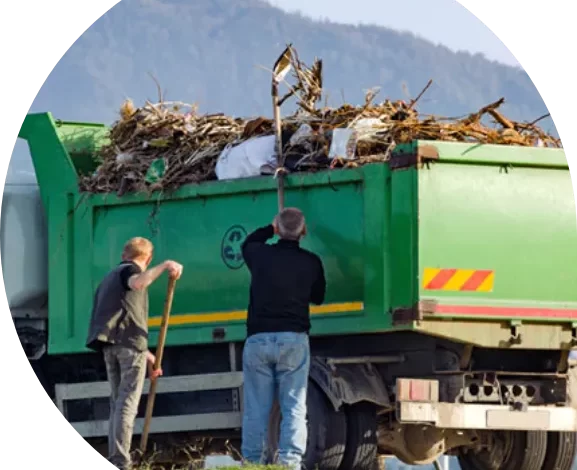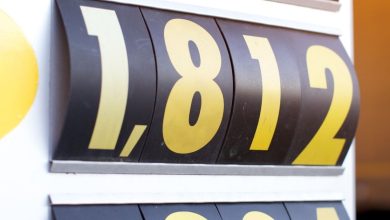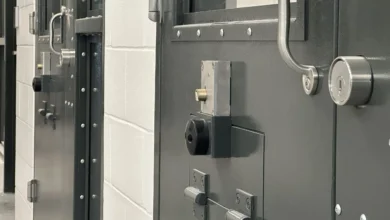The Best Practices for Sharps Removal

Does your facility use techniques that are compliant with the removal of sharps? The safest possible methods must be used during the removal and disposal of sharps. If healthcare personnel, patients, and those who carry waste are to be protected. The removal and disposal of sharps bins should never put the safety of others in jeopardy. When it comes to sharps devices and how they should be disposed of. Every individual in the healthcare industry has a responsibility to consider the well-being and safety of those around them.
Providing a secure working environment for medical personnel is another critical step in reducing the risk of injuries caused by sharp objects. All professional and ancillary personnel in a healthcare setting must have an integrated approach. Understanding of the regulations, and training for them to be able to follow the standards and engage in best practices for the removal of sharps.
Be Familiar with the Regulations
To reduce the number of needlestick and other injuries caused by sharps in the United Kingdom, best practices and standards have been developed to guarantee safe sharps removal at every stage, from the first usage to the final sharps box disposal.
The first step in ensuring that the most effective procedures are being followed in any given hospital setting is to have an understanding of the laws and standards governing sharps safety. A high level of vigilance is required for the safe removal of sharps in any setting. Whether it is a hospital, a private clinic, a care home, a cancer treatment centre, a dialysis facility. A veterinary office, or even a body piercing and tattoo parlour.
An excellent place to begin raising awareness is through the Health and Safety Executive Regulations of 2013. Which are titled “Sharps Instruments in Healthcare.”
The directive was drafted to lessen the likelihood that healthcare personnel would get injured by sharps tools like needles and to lessen the likelihood that patients will become infected with blood-borne diseases. The paper offers direction for dealing with many aspects of healthcare and outlines the legal responsibilities that are imposed on employers as well as staff members.
Bins For Used Sharps
Following the Health Technical Memorandum, waste from sharps should be disposed of in a manner that is appropriate for the medicinal components it contains.
The possibility for contamination of the different components influences the colour of the receptacle lid or the receptacle itself, and yellow bins and receptacles are reserved for waste containing sharp objects.
Take, for instance:
Sharps wastes that have been contaminated with blood products or medications should be disposed of in containers with lids coloured yellow. This waste stream should also comprise syringes that have been completely discharged (see section 5.46 of the memorandum). It is not appropriate to dispose of cytotoxic and cytostatic medications via this particular waste stream.
The use of a purple cover indicates that the sharp waste contained inside it has been tainted with cytotoxic or cytostatic medications. The burning of sharps is the last step in the disposal process for this kind of waste. Which is handled by authorised facilities.
Not intended for use with pharmaceuticals, orange lids are intended only for use with contaminated sharps that have been exposed to blood. As long as disposing of sharps takes place at a facility that has been given the appropriate authorization, it is possible to remove such waste and direct it either toward burning or disinfection by other treatments.
Here List What is required for disposing of sharps
- It is required that sharps bins meet the requirements set by the NHS. That they be placed as close as feasible to the location where sharps are used.
- Containers for sharps that have been given the OK must be able to withstand leakage or penetration. And they need to have a lid and closing options that keep contents contained.
- Because of the potential for injury, sharps containers and dumpsters should almost always be attached to the wall.
- Do not fill the container any higher than the fill line.
- As soon as the container is filled. It has to be secured or securely sealed, signed, and dated before having an identifying tag that specifies the contents of the content added to it.
- After that, it has to be deposited or stored in a safe location. So that it may wait for collection and transportation.
Before the Removal of Sharps, Documentation is Required
It is important to keep documentation of the removal of medical or healthcare waste from any institution, particularly sharps. This is very necessary to ensure compliance. The paperwork, packing, and labelling of sharps must first be following. The applicable legal rules before they may be transported or removed from the premises off-site.
Keep in mind that the Carriage of Dangerous Goods (CDG) transportation rules include certain standards that must be followed. To comply with legislation concerning hazardous waste, documentation is more than likely going to be necessary. Before transporting the sharps bin off-site, you need to make sure that it includes the date and the signature of the person or people who are responsible for ensuring that compliance standards have been followed. This is necessary for the removal and disposal of sharps.
Depending on the circumstances, it may be necessary to have a variety of different procedural papers to monitor compliance. People who are in charge of certain sections or wards within a hospital setting. Such as senior nursing staff or department managers. As well as members of an infection control team. Are examples of people who may be engaged in a situation of this kind.
Wrapping Up
When it comes to the procedures for removing and disposing of sharps, safety should always come first. By adhering to best practices for the disposal of sharps. One may assure safety and limit the danger of injuries. In addition to the risk of incurring fines and other penalties for failing to comply with regulations.
Get in touch with a representative from Trikon Clinical Waste right away if you want more information about sharps bins collection as well as the compliant methods and procedures that will guarantee your facility is in compliance.





